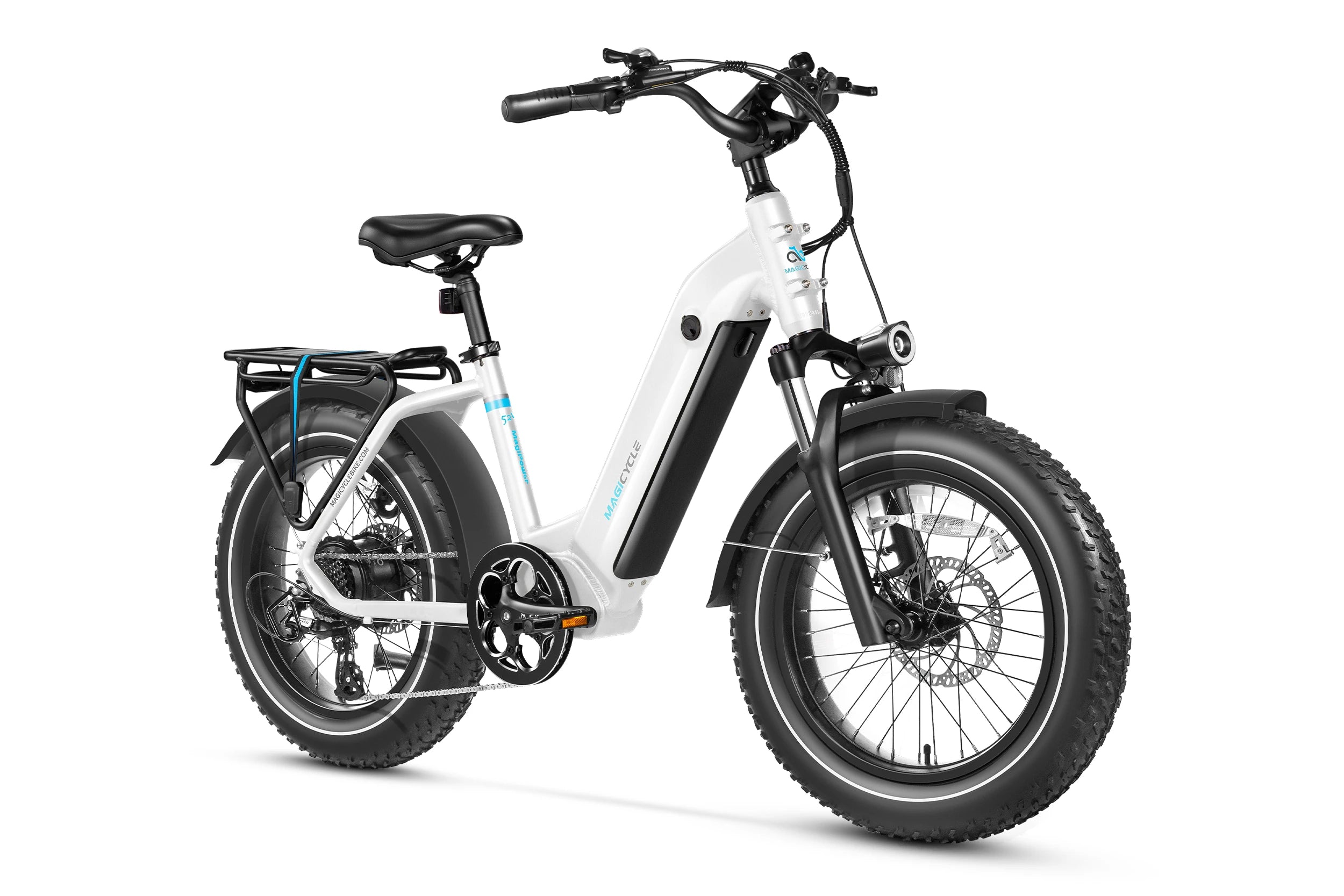The Rise of Step-Thru Ebikes in the Cycling Industry
As we examine it more closely, it becomes apparent that it has a vast and complex history that is worth exploring step thru ebikes.The cycling industry has witnessed a significant transformation with the advent of electric bicycles, commonly known as ebikes. Among the various types of ebikes, step-thru ebikes have gained remarkable popularity. This article delves into the rise of step-thru ebikes in the cycling industry, exploring their benefits, design innovations, and the factors contributing to their growing appeal.

Understanding Step-Thru Ebikes
Step-thru ebikes are characterized by their low, open frame design, which allows riders to easily step through the bike rather than having to swing a leg over a high bar. This design is particularly advantageous for individuals with mobility issues, older adults, and those who prefer a more comfortable and accessible riding experience. The ease of mounting and dismounting makes step-thru ebikes an attractive option for a diverse range of cyclists.
Design Innovations and Technological Advancements
The rise of step-thru ebikes in the cycling industry can be attributed to several design innovations and technological advancements. Modern step-thru ebikes are equipped with powerful electric motors and long-lasting batteries, providing riders with an effortless and enjoyable riding experience. Additionally, advancements in frame materials and construction techniques have resulted in lightweight yet sturdy step-thru ebikes that offer both durability and performance.
For instance, the integration of mid-drive motors and torque sensors in step-thru ebikes has enhanced their efficiency and responsiveness. These features ensure a smooth and natural pedal-assist experience, making it easier for riders to tackle various terrains and inclines. Furthermore, the incorporation of smart technology, such as GPS navigation and smartphone connectivity, has added a layer of convenience and functionality to step-thru ebikes.
Benefits of Step-Thru Ebikes
The benefits of step-thru ebikes extend beyond their user-friendly design. One of the primary advantages is the increased accessibility they offer. Step-thru ebikes are ideal for urban commuting, allowing riders to navigate through traffic and crowded streets with ease. Their ergonomic design also promotes better posture and reduces strain on the back and joints, making them a comfortable choice for longer rides.
Moreover, step-thru ebikes contribute to environmental sustainability by encouraging more people to opt for eco-friendly transportation alternatives. As cities around the world strive to reduce carbon emissions and promote green mobility, step-thru ebikes have emerged as a viable solution. They provide a practical and enjoyable way to reduce reliance on cars and public transportation, ultimately contributing to cleaner and healthier urban environments.
The Future of Step-Thru Ebikes in the Cycling Industry
The future of step-thru ebikes in the cycling industry looks promising, with continued advancements in technology and design. As manufacturers focus on enhancing the performance, range, and aesthetics of step-thru ebikes, their popularity is expected to soar. Additionally, the growing emphasis on sustainable transportation and the increasing demand for convenient and accessible mobility solutions will further drive the adoption of step-thru ebikes.
In conclusion, the rise of step-thru ebikes in the cycling industry signifies a shift towards more inclusive and sustainable transportation options. With their user-friendly design, technological innovations, and numerous benefits, step-thru ebikes are poised to become a staple in the world of cycling. As more individuals recognize the advantages of these versatile and efficient bikes, the step-thru ebike revolution is set to continue, shaping the future of urban mobility.








